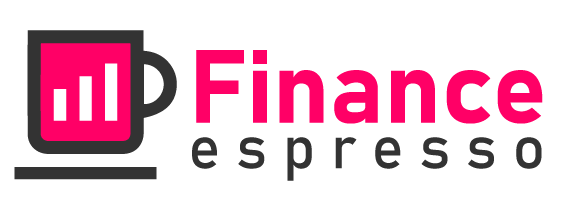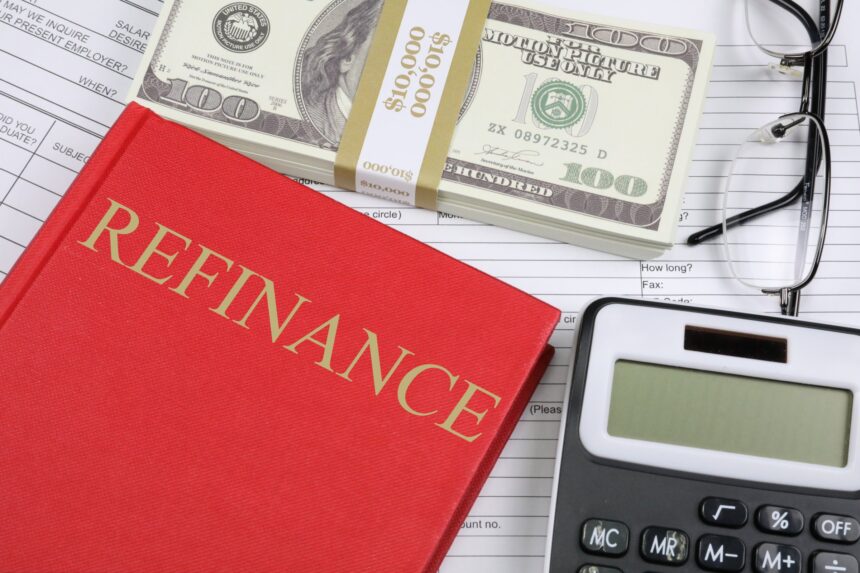The ABCs of Refinance Loans: What You Need to Know
Refinancing can prove to be an important financial decision and a great way to lower your monthly payments. However, many people don’t know what exactly refinancing is or the process involved in finding the right loan. That’s why it’s important to understand the basics of refinancing. Here are the ABCs of refinance loans and what you need to know.
A is for appraisal
An appraisal is an important part of the refinance loan process. It’s an estimate of the value of property used to set the loan amount. This appraisal allows the lender to determine if the loan amount is greater than the value of the home. It also helps lenders assess the risk when considering the loan.
B is for budgeting
Before you can consider a refinance loan, it’s important to budget for it. You should be aware of the costs associated with the loan, such as closing costs, appraisal fees, and interest rates. Make sure you’re not taking on more debt than you can afford.
C is for credit history and score
Lenders use your credit score to determine your creditworthiness and the interest rate you’ll pay. Before you apply for a loan, it’s important to check your credit score to see whether you need to work on improving it. You should also review your credit report to verify the accuracy of the information being used to determine your score.
D is for debt-to-income ratio
Your debt-to-income ratio is a calculation that lenders use to determine how much debt you can handle. Your monthly debt payments should not exceed 36% of your monthly income. The lender will use your debt-to-income ratio to decide if you qualify for a refinance loan and if so, what terms to set on the loan.
E is for equity
Equity is the difference between the market value of your home and what you owe on your loan. Lenders use equity to determine the maximum amount you can borrow. The more equity you have, the more likely you are to be approved for a refinance loan.
F is for fixed-rate loan
A fixed-rate loan is a type of loan where the interest rate remains the same for the life of the loan. This makes it easier to budget for the cost of the loan, as the payments stay the same from month to month.
G is for glossary
Do you know the difference between a fixed-rate loan and an adjustable-rate loan? How about points versus APR? If you don’t understand the terms associated with refinance loans, it’s important to do research before deciding which type of loan is right for you.
Conclusion
Refinancing can be a great way to save money on your monthly bills, but it’s important to understand the process first. Being aware of the ABCs of refinance loans is the first step to finding the loan that best suits your financial needs. Now that you have the basics, you’re ready to start looking for the right loan.

